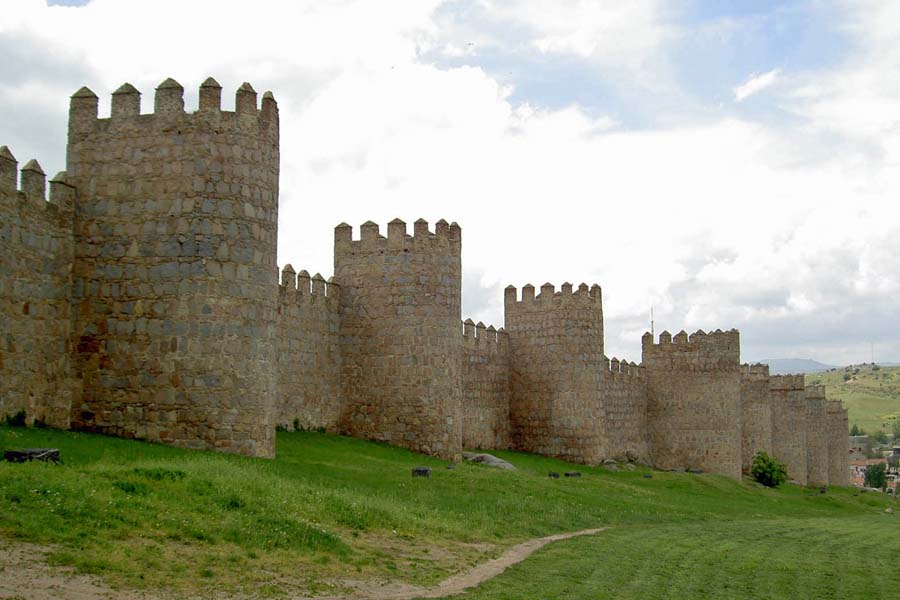Stamp with Collectible Margin: 40th Anniversary of the Reunification of Jerusalem (Israel 2007)
40th Anniversary of the Reunification of Jerusalem (Israel 2007)
16 May (Israel ) within release 40th Anniversary of the Reunification of Jerusalem goes into circulation Stamp with Collectible Margin 40th Anniversary of the Reunification of Jerusalem face value 1.50 Israeli new shekel
| Stamp with Collectible Margin 40th Anniversary of the Reunification of Jerusalem in catalogues | |
|---|---|
| Michel: | Mi: IL 1927T |
| Stamp Number: | Sn: IL 1684T |
| Yvert et Tellier: | Yt: IL 1853T |
| Stanley Gibbons: | Sg: IL 1836T |
Stamp with Collectible Margin is square format.
Stamp with Collectible Margin 40th Anniversary of the Reunification of Jerusalem it reflects the thematic directions:
An anniversary is the date on which an event took place or an institution was founded in a previous year, and may also refer to the commemoration or celebration of that event. For example, the first event is the initial occurrence or, if planned, the inaugural of the event. One year later would be the first anniversary of that event. The word was first used for Catholic feasts to commemorate saints. Most countries celebrate national anniversaries, typically called national days. These could be the date of independence of the nation or the adoption of a new constitution or form of government. The important dates in a sitting monarch's reign may also be commemorated, an event often referred to as a "Jubilee".
A defensive wall is a fortification usually used to protect a city, town or other settlement from potential aggressors. The walls can range from simple palisades or earthworks to extensive military fortifications with towers, bastions and gates for access to the city. From ancient to modern times, they were used to enclose settlements. Generally, these are referred to as city walls or town walls, although there were also walls, such as the Great Wall of China, Walls of Benin, Hadrian's Wall, Anastasian Wall, and the Atlantic Wall, which extended far beyond the borders of a city and were used to enclose regions or mark territorial boundaries. In mountainous terrain, defensive walls such as letzis were used in combination with castles to seal valleys from potential attack. Beyond their defensive utility, many walls also had important symbolic functions – representing the status and independence of the communities they embraced.


